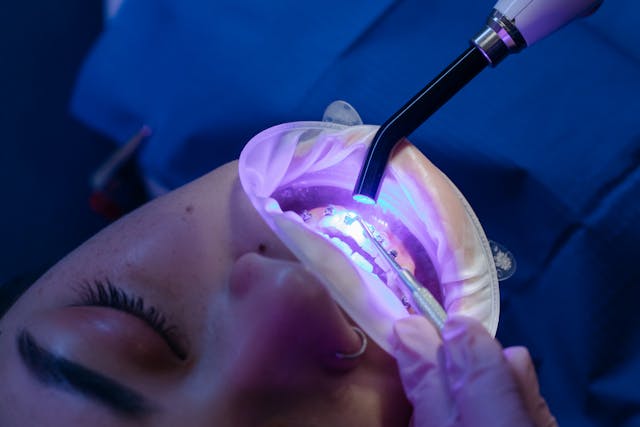Braces are an effective way to correct alignment issues and create a healthier smile. But the work doesn’t stop after they’re removed. Incorporating retainers into your routine is a necessary step in maintaining the results achieved through orthodontic treatment. These devices play an instrumental role in stabilizing your teeth and preserving your newly aligned smile. Below is information on how retainers assist in keeping teeth aligned after braces.
How Retainers Help Maintain Your New Smile
Teeth are not fixed in place; they are held in position by periodontal structures that can shift over time. After braces, these structures, including your gums and bone, need time to adjust to your teeth’s new alignment. Retainers provide the support needed during this transitional period, helping teeth settle into their new positions.
Wearing retainers as directed can prevent teeth from moving back to their original positions, a process known as relapse. Relapse can undo the hard work of braces and may require additional orthodontic treatment. Retainers are designed to maintain the balance created by braces by keeping your teeth in their corrected placement.
Types of Retainers and Their Benefits
Retainers typically fall into two categories—fixed and removable. Fixed retainers are attached to the backside of teeth, often using a thin wire. They remain in place and provide consistent support without requiring daily maintenance. This type of retainer is particularly common after orthodontic treatment for lower front teeth.
Removable retainers, including plastic and clear aligner-style types, can be taken out when eating or cleaning. Plastic versions, such as Hawley retainers, are durable and adjustable. Clear options, often made from transparent plastic, are discreet and comfortable. Each option has specific advantages, and your orthodontist will recommend the type best suited to your needs.
The Importance of Consistency in Retainer Use
Consistency is the foundation of successful retainer use. Following your orthodontist’s instructions regarding how long to wear your retainer is necessary to prevent relapse. For many patients, retainers are worn full-time for the first weeks or months after braces and then transitioned to nighttime use.
Skipping even a few days of use can allow teeth to shift slightly, making the retainer less effective or difficult to wear. Building consistent habits around retainer use simplifies the process over time. Store your retainer in its designated case when not in use and clean it regularly to prolong its life and keep it hygienic.
Securing Your Investment in a Healthy, Beautiful Smile
Wearing retainers is an integral part of orthodontic care that protects the time and investment spent on braces. By understanding how retainers support your smile and practicing consistent use, you can maintain the benefits of your orthodontic treatment for years to come. A well-maintained smile not only improves function but also enhances confidence.
Speak with your orthodontist about the retainer type that best matches your lifestyle and needs. Staying committed to this step ensures your smile remains aligned and in optimal condition. Incorporating this tool into your daily routine is a straightforward way to support long-term oral health.

